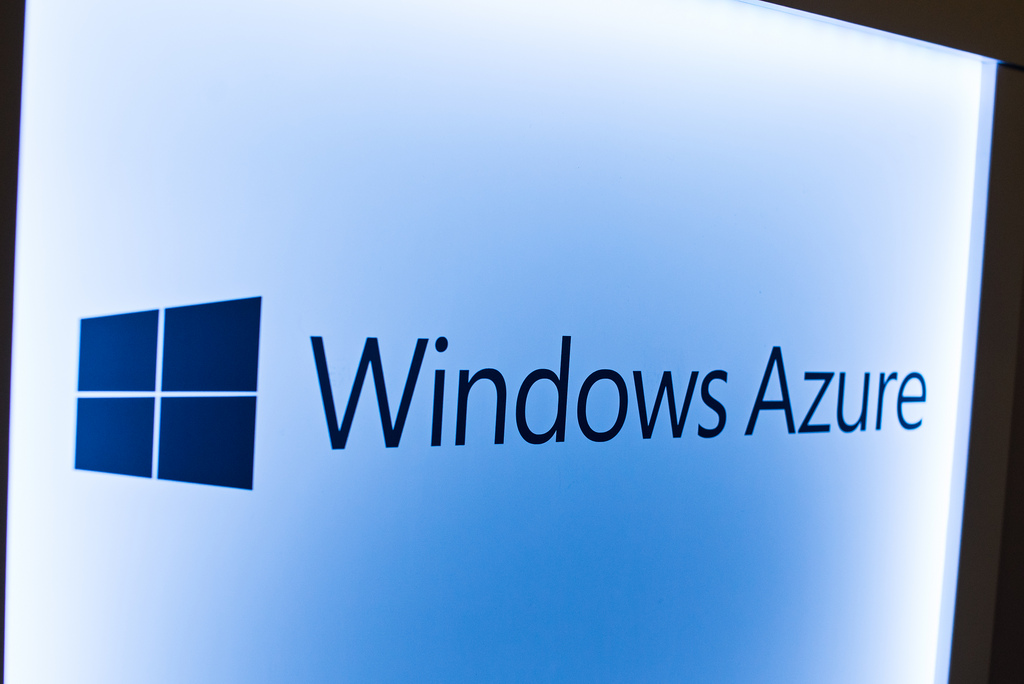What Microsoft Azure does is not a mystery, but the set of things that it can do can be a little overwhelming. We frequently field questions about what Azure can do, how to get started with it, and how to make the business case for migrating to it.
I’ll start with the basic question of what Microsoft Azure does generally, then list out some of its functions and uses. If you are wanting a good way to test out the technology in a safe way, the last one on the list—using Azure for disaster recovery—is a reasonable way to start (and the topic of a future post).
What Microsoft Azure Does
As you might already know, Azure is Microsoft’s cloud computing service, developed specifically for building, testing, and deploying a range of applications and services. This allows organizations to host any number of servers, virtual machines, user directories—you name it. Azure is now a big (and still growing) part of Microsoft’s business, and it competes with similar services from Amazon and Google.
When you pay for Azure services, you are basically paying for access to a shared pool of computing resources. This way, your IT department is not paying for new physical hardware whenever new computing resources are needed. This has the nice benefit of allowing an organization to scale up or down easily and without tying up more capital. For example, if your organization grows rapidly, it’s easy to add services and spin up more virtual machines as needed. Go through a slow season, and you aren’t stuck with a lot of ideal hardware—you just scale down as needed.
What Microsoft Azure Can Do for the Modern Enterprise
If you take a peek at the official Microsoft Azure website, you’ll see that there’s a directory with over a hundred different services you can use. One gets the feeling that Azure can do absolutely anything of importance to an enterprise organization. (And for anything Azure doesn’t offer, you can easily set up a Windows or Linux virtual machine that hosts whatever software you want to use.)
Some common services include (in no particular order):
- AI + Machine Learning, including speech, vision, language, and search cognitive services
- Analytics, including real-time analytics, big data analytics, data lakes, and more
- Virtual Machines
- Preconfigured Machine Images (for rapid endpoint deployment and standardization)
- Storage Services
- Web Services, including hosting for custom websites
- App Services (platform as a service or PaaS)
- Databases and Database Services
- Active Directory Domain Services
- Media Services, such as streaming and content protection
- Mobile Services
- Hosting for Content Delivery Networks (CDNs)
- IoT Hub Services
- Site Replication for Disaster Recovery
Examples of Azure’s Value to the Enterprise
Microsoft itself has a nice collection of case studies around Azure.
Getting Started with Microsoft Azure
A small subset of Azure’s services are available free, and even more are offered with a free trial of Azure. That said, a lot of IT departments are a little leary about migrating services to the cloud. They recognize the benefits of using cloud infrastructure but worry about putting critical services on a new platform.
A great stepping stone, then, is taking advantage of Azure Site Recovery for disaster recovery (DR) purposes. Azure Site Recovery lets you take a phased approach to moving and testing workloads in Microsoft’s Data Centers. You can then test out DR runbooks during live workloads with zero downtime and no disruption to your critical services—and you can do your due diligence on the cloud migration to boot.
I will discuss DR and ASR in more detail in a future post. For now, this is just one idea for taking that first cautious step toward cloud architecture.
